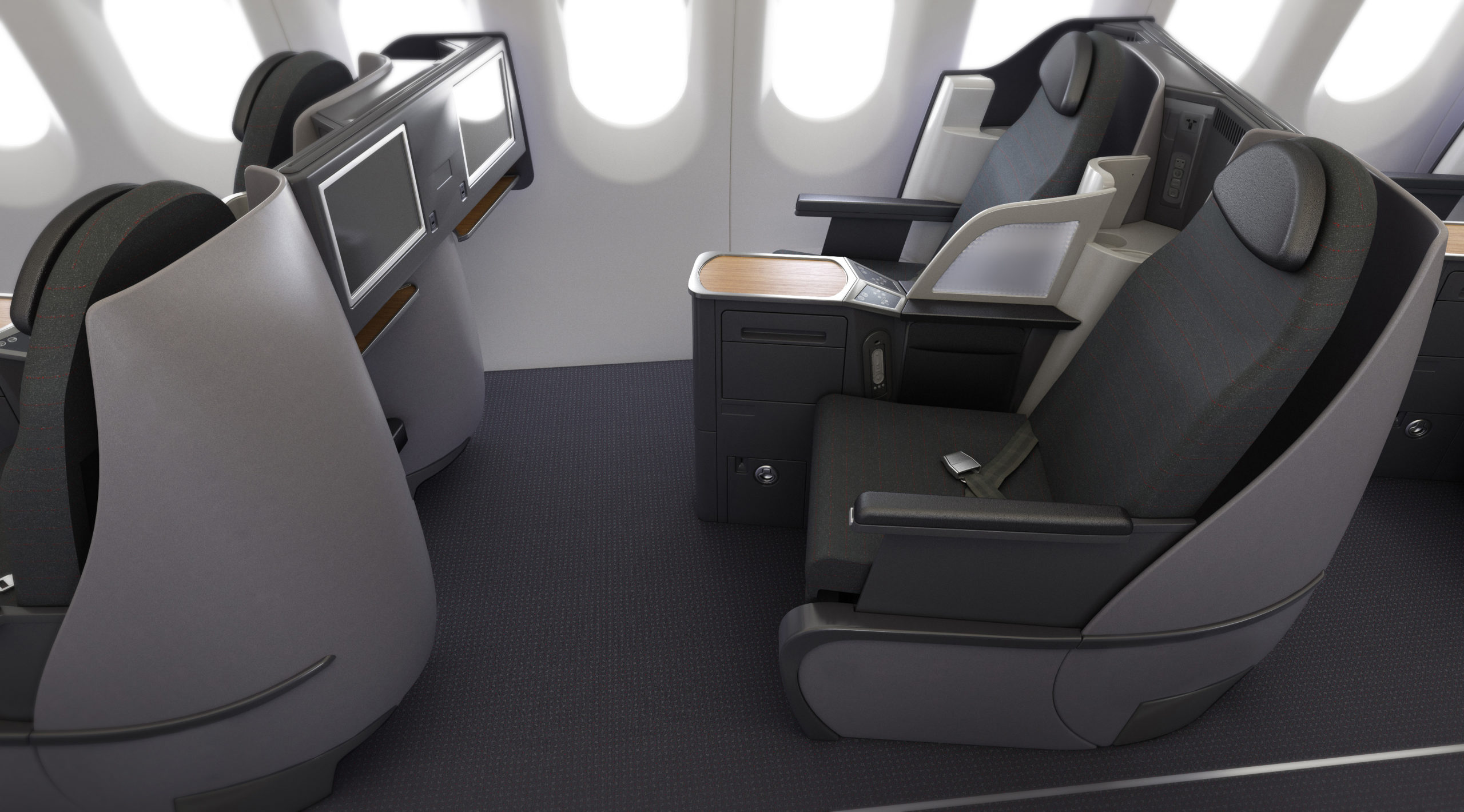The Disappearing Act: Is the First-Class Cabin Becoming Obsolete?
Share

APEX Insight: London’s Business Travel Show is a mix of show and tell and a chance for airlines to schmooze with suppliers. But first-class products were conspicuously underrepresented at this year’s event, which took place last week at Olympia London. Although airlines haven’t publicly declared the demise of first class, it’s effectively disappearing through the process of fleet replacement.
Connoisseurs of the dark and ironic nature of British humor love to recount the “Bring Out Your Dead” scene in Monty Python and the Holy Grail, where John Cleese’s character tries to persuade the “dead collector” to cart off his “not dead yet” relative – despite the relative’s protests of “I’m getting better.” For an increasing number of airlines, first class, as a brand concept, is a bit like the ailing peasant – a remnant of a bygone era they’d rather be rid of.
Of the 44 airline stands at the Business Travel Show last week at Olympia London, only two, American Airlines and United Airlines, exhibited cabin products – both of them business class. But this sampling was sufficient to neatly encapsulate the class conundrum: Does first class remain economically viable when the comfort, ergonomics and connectivity dials in business class are turned all the way up to 11?


A United flight attendant at the stand told me the airline was phasing out first class, though that’s not an official statement. Generally, first class is fading away across the sector, borne out by the fact that airlines have been taking delivery of new long-haul aircraft, which conspicuously omit first-class cabins. Lufthansa, for example, took delivery this February of the first of 10 Airbus A350-900s with a three-class configuration: business, premium economy and economy.
In a similar vein, Qantas revealed last week that its new Boeing 787-9 Dreamliners (to be delivered starting this coming October) will feature business, premium economy and economy classes and, according to CEO Alan Joyce, “will be flying some of the longest routes in the world, including nonstop from Perth to London, so we’ve focused on making each cabin the most comfortable in its class.” Although airlines haven’t publicly declared the demise of first class, it’s effectively disappearing through the process of fleet replacement.
The design community has picked up on this trend, too. In an interview with APEX Media, Anthony Harcup, associate director of Acumen Design Associates, which came up with the concept for United’s Polaris long-haul business-class seat, said: “Now that flat beds and aisle access are the norm in business class, it’s really eroded the first-class market. Savvy passengers are not now seeing the benefit of spending a large premium on a first-class ticket, when they can get a flat bed and a good night’s sleep in a business-class cabin.”
“Now that flat beds and aisle access are the norm in business class, it’s really eroded the first-class market.” – Anthony Harcup, Acumen Design Associates
Another key feature trickling from first to business is a more physical delineation of seclusion and privacy. According to Delta Air Lines, its Delta One cabin is “the first business-class cabin to feature a sliding door at each suite.” Scheduled to debut in the third or fourth quarter of 2017 on Delta’s first Airbus A350, which will be equipped with 32 suites, the new product is designed to serve routes between the US and Asia.
Back at the American Airlines stand at Olympia, there was the conviction that first class still has some mileage left in it, with a member of the sales team telling me, anecdotally, that “from an American standpoint, we’ve sort of resized our first class, keeping it for a few specific routes, which include São Paolo and Hong Kong. Twenty-five years ago, American’s wide-body aircraft had 15 first-class seats. Today, AA’s flagship aircraft, the Boeing 777-300, has just eight first-class seats. There’s demand but it’s less. We think that first class has plateaued.”
But why would customers pay more for first class? American notes that “what’s interesting is how much more can you differentiate first and business with all the things we’ve done in that [business] cabin. That will be the key distinction – it comes down to the level of service and personalization.” So, the difference between first- and business-class may come down to the personalized service offered to a seemingly diminishing first-class market. But at least for the time being, as in Monty Python and the Holy Grail, it’s not dead yet.


